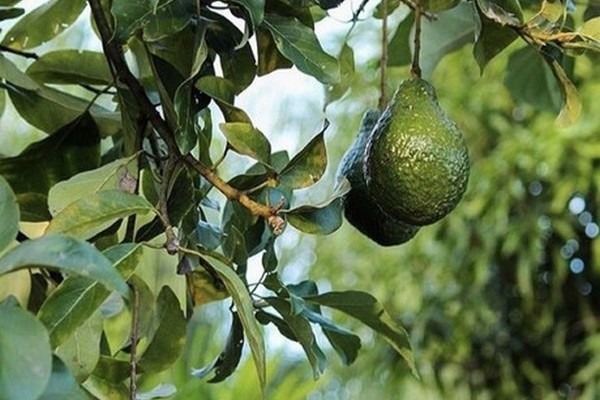The supply of avocados right now is adequate enough to meet demand. "However, the supply flow is seeing end-of-year holiday tightness which is typical as many in the trade, especially producers, use the Christmas and New Year holidays to take a break from the action," says David Billings Stonehill Produce Inc. "This supply pinch disappears as soon as everyone returns, especially a few days after the New Year or in the case of this year's schedule, as late as Monday the 6th."
The majority of the supply comes from Mexico–over the year, the country accounts for about 80 percent of the total supply coming into the U.S. For 2024, that level of supply is about three percent higher than 2023's supply levels. "That said, the harvest thus far–we are halfway through the season–is behind last year by almost four percent. The expectation is that the lost ground will be made up over the second half of the season, from January to June," says Billings. (The Mexican season generally runs from July to June in a 52-week campaign.)
Seasonal timing
As for timing, the current Mexican season had a slower start than previous seasons for a few reasons. Firstly, there was an availability of avocados from other regions, notably California, thanks in large part to a surprisingly robust crop. "This reduced the need to rush into Mexico during July, August, and even September," says Billings.

At the same time, to enhance fruit performance, the Mexican industry raised the maturity standard for fruit exported to the U.S. This, combined with a wetter-than-normal rainy season, reduced availability over the first two months of the season. "Now at mid-season, Mexico is firing on all cylinders and should continue to do so well into May, at which time availability begins to taper," says Billings.
While Mexico is currently providing 95 percent of the supply to the U.S., the remaining five percent is coming from Colombia, the Dominican Republic, and Chile. "California has yet to make an appearance but is expected to start with meaningful volume in the spring," says Billings. "During the summer months California, Colombia, and Peru are expected to play major roles as Mexico transitions from this crop to the next, dropping down to about 50 percent of supply during that time. Other origin crops are considered on par or better than their previous seasons."
Avocado demand staying strong
As for demand, despite higher prices, demand over the last 52 weeks is one percent higher than the 52-week period from a year ago. Over the last four weeks, demand is running at a three percent increase over the same four weeks last year. "The biggest single demand spurt of the year, the Super Bowl, may set the tone for the balance of the Mexican season," says Billings. "Right now, expectations for a record-breaking event are being tempered by higher prices and less promotability than last year. Disappointing Super Bowl movement may lead to a bogged-down secondary market that drives prices lower in the weeks following the event which may for an ensuing period disrupt pricing dynamics in the field and ultimately result in pricing and promotability closer to the prior year as we move into spring."
Pricing has been generally above 2023's prices with Mexico and its well-metered supply flow driving that trend. "Current pricing is higher than a few weeks ago which is primarily the result of the holiday squeeze," says Billings. "Post-holiday prices are expected to recede somewhat but remain considerably higher than last season, especially over the next month or so with Super Bowl demand continuing to put pressure on supply."
 For more information:
For more information:
David Billings
Stonehill Produce Inc.
Tel: +1 (949) 488-9613
[email protected]
www.stonehillproduce.com










